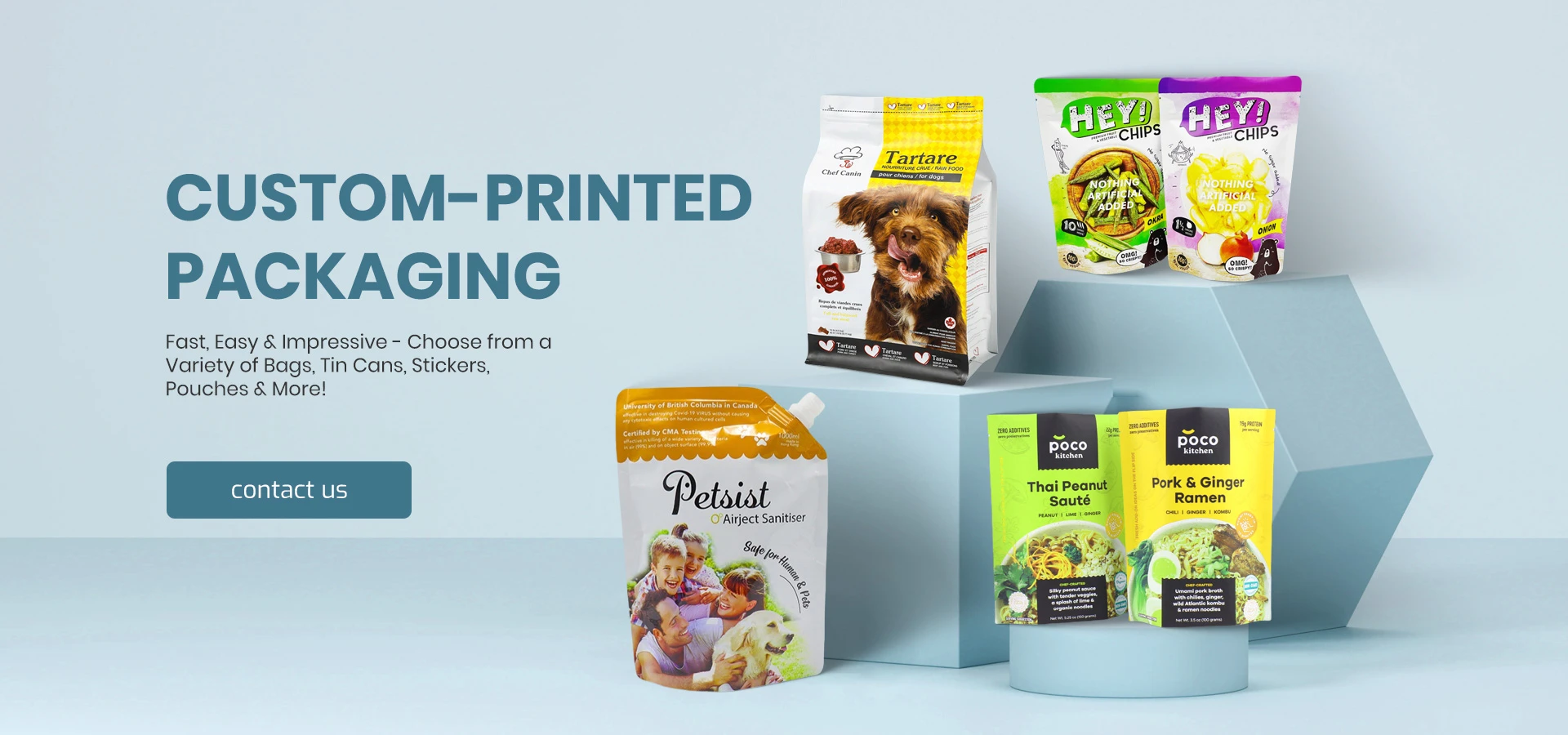- Afrikaans
- Albanian
- Amharic
- Arabic
- Armenian
- Azerbaijani
- Basque
- Belarusian
- Bengali
- Bosnian
- Bulgarian
- Catalan
- Cebuano
- chinese_simplified
- chinese_traditional
- Corsican
- Croatian
- Czech
- Danish
- Dutch
- English
- Esperanto
- Estonian
- Finnish
- French
- Frisian
- Galician
- Georgian
- German
- Greek
- Gujarati
- haitian_creole
- hausa
- hawaiian
- Hebrew
- Hindi
- Miao
- Hungarian
- Icelandic
- igbo
- Indonesian
- irish
- Italian
- Japanese
- Javanese
- Kannada
- kazakh
- Khmer
- Rwandese
- Korean
- Kurdish
- Kyrgyz
- Lao
- Latin
- Latvian
- Lithuanian
- Luxembourgish
- Macedonian
- Malgashi
- Malay
- Malayalam
- Maltese
- Maori
- Marathi
- Mongolian
- Myanmar
- Nepali
- Norwegian
- Norwegian
- Occitan
- Pashto
- Persian
- Polish
- Portuguese
- Punjabi
- Romanian
- Russian
- Samoan
- scottish-gaelic
- Serbian
- Sesotho
- Shona
- Sindhi
- Sinhala
- Slovak
- Slovenian
- Somali
- Spanish
- Sundanese
- Swahili
- Swedish
- Tagalog
- Tajik
- Tamil
- Tatar
- Telugu
- Thai
- Turkish
- Turkmen
- Ukrainian
- Urdu
- Uighur
- Uzbek
- Vietnamese
- Welsh
- Bantu
- Yiddish
- Yoruba
- Zulu
Understanding the Benefits and Applications of Corrugated Board Materials for Packaging Solutions
Understanding Corrugated Boards The Versatile Packaging Solution
In today's dynamic market, businesses continually seek innovative solutions to enhance their packaging needs, and corrugated boards have emerged as a favored choice due to their myriad advantages. Corrugated boards, made from several layers of paper, provide a strong and lightweight alternative to traditional packaging materials, revolutionizing the way products are stored, shipped, and presented to consumers.
What are Corrugated Boards?
Corrugated boards consist of three primary components the linerboards, which form the outer layers, and the fluting, a wavy layer positioned between them. This unique structure contributes to their strength and durability, enabling corrugated boards to withstand pressure and impacts during transportation. The fluting creates air pockets that not only enhance cushioning but also make the boards lightweight, thus reducing shipping costs for businesses.
Sustainability and Environmental Impact
One of the most compelling aspects of corrugated boards is their environmental friendliness. Made predominantly from recycled paper, they are biodegradable and recyclable, appealing to the growing consumer demand for sustainable products. Many companies are shifting towards eco-friendly packaging options, and corrugated boards stand out as a prime choice. They can be recycled multiple times, reducing waste and contributing to a circular economy. As businesses strive to minimize their environmental footprint, adopting corrugated board packaging can significantly enhance their sustainability initiatives.
Application Across Various Industries
The versatility of corrugated boards is evident in their wide array of applications across numerous industries. From e-commerce to food packaging, they cater to various sectors, providing tailored solutions for different needs. In the retail environment, corrugated boxes are commonly used for shipping products directly to consumers. Their strength and design can be customized to accommodate fragile items, ensuring that products arrive intact and undamaged.
In the agricultural sector, corrugated boards serve as an ideal solution for transporting fruits and vegetables. Their breathability allows for air circulation, minimizing spoilage during transit. Additionally, in the electronics industry, corrugated packaging protects delicate components, helping to prevent damage caused by vibrations and shocks.
corrugated boards

Cost-Effectiveness and Customization
In a competitive market, cost-effectiveness plays a crucial role in decision-making. Corrugated boards are typically more affordable than alternative packaging materials, such as plastic or polystyrene. Their lightweight nature also leads to reduced shipping costs, making them an economically viable option for businesses of all sizes. Furthermore, the customization options available for corrugated boards are vast. Companies can design eye-catching graphics and branding elements directly onto the packaging, enhancing brand visibility and marketing efforts.
Innovation in Design and Technology
As technology advances, the corrugated board industry has embraced innovation in design and production methods. Automated machinery and advanced printing techniques have improved efficiency, allowing companies to produce high-quality packaging solutions quickly. Additionally, smart packaging concepts are emerging, incorporating features such as QR codes and NFC tags, which enhance consumer engagement and provide valuable product information.
Challenges and Future Directions
Despite the numerous advantages, the corrugated board industry faces challenges, such as fluctuating raw material prices and competition from alternative packaging solutions. However, ongoing research and development are aimed at overcoming these hurdles, fostering innovation, and enhancing the overall performance of corrugated boards. The future of corrugated packaging looks promising, with trends such as increased automation, enhanced design capabilities, and a focus on sustainability likely to shape its evolution.
Conclusion
In summary, corrugated boards represent a reliable and sustainable packaging solution that caters to diverse industries and consumer needs. Their strength, lightweight nature, and eco-friendliness make them an exemplary choice for businesses looking to improve their packaging practices. As innovation continues to drive the industry forward, corrugated boards will undoubtedly play a pivotal role in the future of packaging solutions, making them an essential component of modern logistics and supply chain management.













